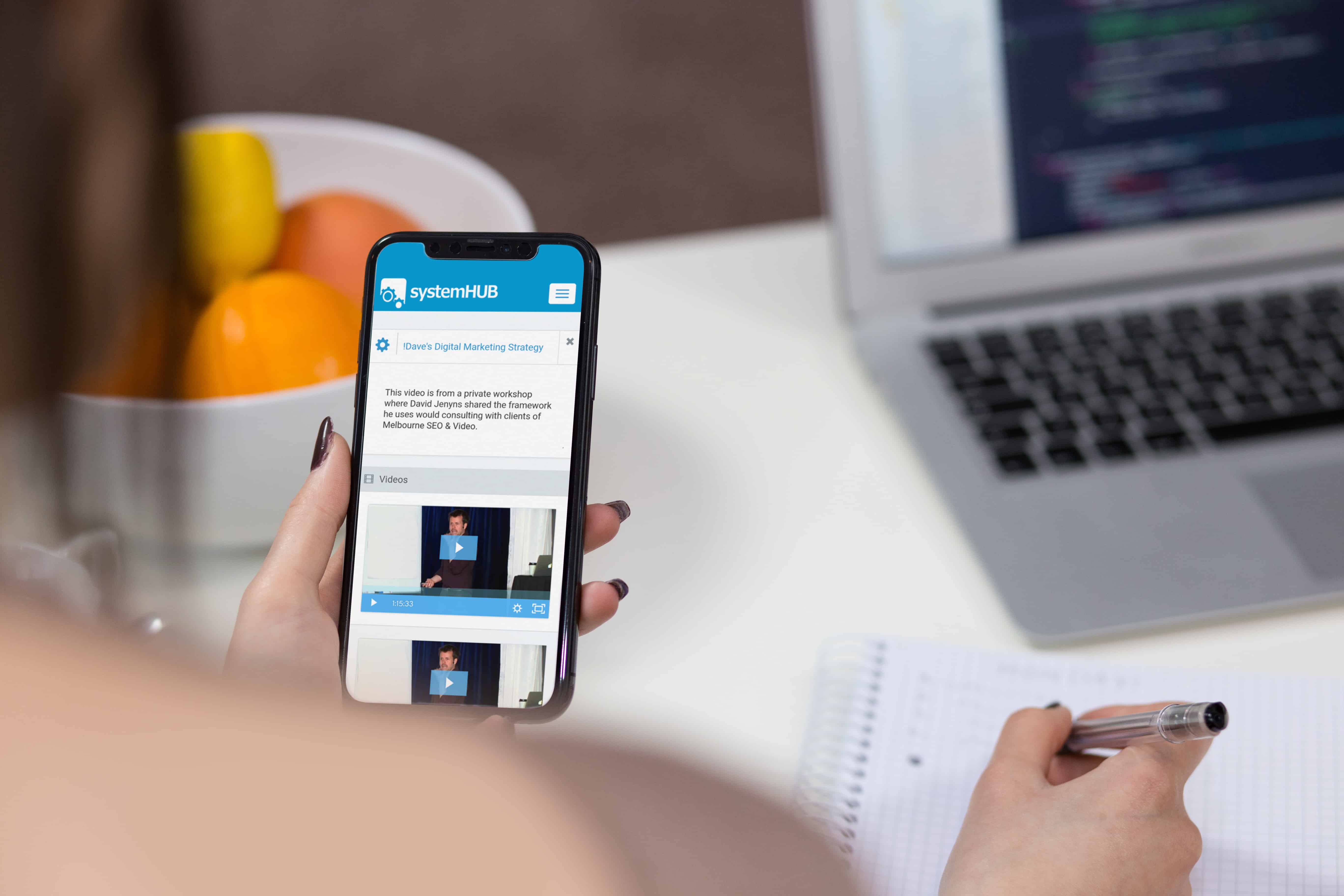Using Systems to Energise Your Team
Systems and SOPs are used for a variety of reasons from day to day. Here at systemHUB, we’ve helped to design and provide process systems for all manner of needs and requirements. However, one of the most crucial things a system can do is bring your team together. A great SOP should be able to energise your core staff and to empower them to strive for the very best in service and product quality day after day.
SOPs and systems are built to allow you to hand considerable responsibility over to your team. It’s all about employee onboarding with instant delegation. However, effective task automation shouldn’t always be about merely showing your team what to do.
An excellent workflow process should leave no room for doubt. It should also inspire confidence in your team. Your systems should, therefore, be built around your team’s strengths and abilities, and your faith in them.
But what makes the perfect systems array for employee engagement? How early should you be thinking about SOPs in the onboarding process? The answer to the second question is relatively simple, and we’ll answer it shortly. To be able to answer the first, however, we are going to need to look at a few ideas, which you can put into practice. In this guide and associated posts, we’ll be looking at how great systems can help you build and maintain a great team.
If you’re going to push for a systems approach with your team, you’ll need to start immediately. That is, you should consider recruiting and training new staff through a system or two. If you’re serious about streamlining the way your team operates, you’ll need to start early. But what system essentials are best for employee onboarding?
- You’re going to need a system of sorts for each stage of the process. From interviewing to hiring and eventually training, even a simple checklist or two will help you map out where you want your new hires to be.
- When hiring, you should be as clear and as concise as possible in describing job roles. Be upfront and honest with your prospective candidates. Map out a system or plan of action where you check in regularly during the application and interview process.

Communicating job roles and responsibilities is essential to your employees’ productivity. Make sure to set performance objectives and agree on clear job goals.
- Once you have decided on new hires, you’ll need to set up a checklist to ensure they have all the information they need to get started. Consider making sure:
- they have all employee handbook information
- they have access to corporate software and their own email accounts and logins, where appropriate
- they provide correct banking details (they are going to want to be paid!)
- all technology and tools the new hires will need are in place
- ID cards and company merchandise is ordered (building a Welcome pack for new hires is always a great idea)
- your existing team is ready to welcome in the new hires
- You should, of course, also have a plan of action for your new hire’s first day on the job. That won’t require a system that is too detailed, or with too many splintered decisions. A simple checklist will help you to make sure they know where they are going, and what to expect. This may include simple welcome meetings, employee shadowing, an office tour, paperwork completion and more.
Beyond employee onboarding, there is, of course, training. That is where things can get a little complicated. However, if you aim to really energise and empower your team as much as possible, you’re going to need to think deeply about what to include in your modules.

We won’t be going into too much detail on all of the finer points of employee training here, as there are almost endless possibilities for the systems you could create! However, we will consider how you can effectively use training systems to encourage your staff. That’s new hires, as well as existing personnel.
A sound training system or program should do two things. It should:
- Offer a broad overview of what’s expected from your team
- Be specialised to their precise roles and specialisms
This above point may seem a little contradictory. However, it is merely a case of creating multiple systems!
- Firstly, you will need a system or SOP for your own needs and record-keeping. You will need to have multiple versions of the same system, in fact, to be able to keep track of where your team hires are in their development.
- This is one of the fantastic ways through which you can work systems to your advantage. By rolling out the same general training plan SOP (for your knowledge), you can easily see who is excelling in certain areas of their training, and who may be struggling.
- This, too, will help you to ascertain where you may need to offer additional guidance and support. While systems and SOPs are built to work without your intervention, they can help you find areas where you may be needed. That is, at least, until all your employees hit the ground running.
Before starting training, you should already have a good idea of your team’s strengths and weaknesses. Therefore, it makes sense to allocate specific training modules and systems to specific people. Offer individual team members individual plans of action. That means working with them to create personal systems. This could be used as a stepping stone towards personal or career development.
- What’s more, introducing systems to your team early through simple training SOPs and action plans will help initiate them into how such processes will work once they are on the job. It’s all about setting expectations and helping your team to grow confident in their autonomous ability.
Let’s now take a look at how you could use systems, and SOP approaches, to help encourage and empower your team on a daily basis. Regardless of your onboarding process, your task automation or your existing business systemisation, there are more than a few brilliant ways you can inspire your team to work for themselves and always to produce fantastic results.
- Regularly involve your team in SOP building. While you may have a firm grasp on how everything comes together, it won’t be you following the plan day by day. Therefore, it makes perfect sense to engage your team in regular meetings to hone or redefine your existing processes. What’s working, and what isn’t?
- Delegation shouldn’t ever be a case of you ‘throwing jobs at people’. Clearly identifying where your team members will be of best fit to an overall process, and where they will be most passionate to drive results, will help to encourage your staff.
- Empowering your employees via systems may be as simple as making things, well, simple. Providing your team members with personal checklists and SOPs will allow them to take personal control of their workloads. It will also help employees to understand what is expected of them.
- Beyond this, the simple act of letting your team know where they fit into a wider SOP is going to be good practice. Everyone wants and needs to feel that they are making an impact on the bigger picture. Employing large-scale SOPs as well as personal checklists will give your staff a genuine sense of purpose.

When you support your team with systems that can perform tasks really well, you get a formula that creates satisfaction within your company.
- Good SOPs will breed good habits. Systems which are fine-tuned and redefined regularly will enable staff to work at greater efficiency and to produce better work. A better understanding of how their quality of work and its speed of delivery impacts the bigger picture can only help to inspire productivity.
- Using template SOPs rolled out across your team will help identify who is empowered and who isn’t. This process will help you to understand how individual team members work, where they may need support, and why. SOP management software will allow you to track everything your team does.
- Use SOPs to encourage regular progress reports and staff evaluations. Gain insight into how your team is performing by taking note of how they are using specific systems and SOPs. While these systems are in place to help lighten your workload, they give you plenty of power and scope all the same.
- Always remember that systems are not just for your benefit. They’re for your team’s benefit, too! A great system will tell them precisely what to do, how to do it, and when by.
Whether you’re aiming to encourage productivity as early as the onboarding process or beyond, systems are an asset in team empowerment. It is more than just simple delegation. It is about showing your team what they need to do to achieve personal and professional goals, as well as those of the brand.
Are you interested in helping bring your team together with great systems? We’re here to help. Call systemHUB today.